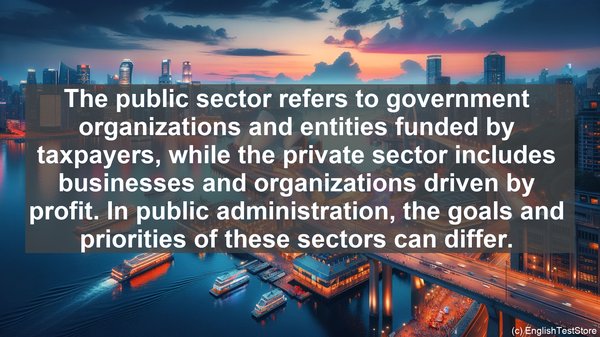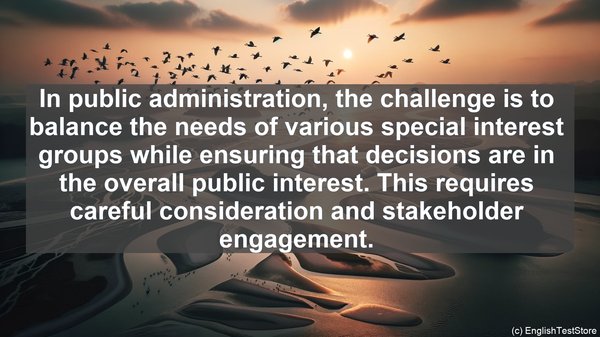Introduction
In the field of public administration, there are several words that often cause confusion. Whether you’re studying for an exam or writing a paper, it’s crucial to use the right word in the right context. Today, we’ll explore the top 10 commonly confused words in public administration and clarify their meanings. Let’s dive in!
1. Policy vs. Procedure
Policy refers to a set of principles or guidelines that guide decision-making, while a procedure is a series of steps to achieve a specific goal. Policies are broad, while procedures are more detailed. For example, a policy might state that all employees should adhere to ethical standards, while a procedure outlines the steps to report a violation. Understanding the distinction between these two is vital in public administration.
2. Efficiency vs. Effectiveness
Efficiency is about doing things in the most economical and timely manner, while effectiveness is about achieving the desired outcome. In public administration, it’s not just about completing tasks quickly (efficiency), but also ensuring that those tasks contribute to the overall goals of the organization (effectiveness). Striking the right balance between the two is crucial for success.
3. Authority vs. Power
Authority refers to the legitimate right to make decisions and give orders, often derived from a position or role. Power, on the other hand, is the ability to influence others, regardless of formal authority. In public administration, individuals can have authority due to their position, but they may also possess power through their expertise or connections. Recognizing the difference helps in understanding the dynamics of decision-making.
4. Accountability vs. Responsibility
Accountability is the answerability for actions or decisions, often to a higher authority or the public. Responsibility, on the other hand, is the duty or task assigned to someone. In public administration, individuals can be responsible for a task, but they are also accountable for the outcomes. Understanding this difference is crucial for ensuring transparency and trust in the system.
5. Public vs. Private Sector
The public sector refers to government organizations and entities funded by taxpayers, while the private sector includes businesses and organizations driven by profit. In public administration, the goals and priorities of these sectors can differ. Public sector organizations often focus on providing services to the public, while private sector organizations aim for profitability. Recognizing these distinctions is essential for understanding the unique challenges and dynamics of each sector.

6. Bureaucracy vs. Red Tape
Bureaucracy refers to the administrative system and processes in place to ensure the smooth functioning of an organization. While bureaucracy is necessary for maintaining order, it can sometimes lead to excessive paperwork and delays, which is often referred to as red tape. Balancing the need for bureaucracy with the avoidance of red tape is a constant challenge in public administration.

7. Transparency vs. Confidentiality
Transparency is about openness and sharing information with the public, promoting accountability and trust. Confidentiality, on the other hand, is about protecting sensitive or classified information. In public administration, there is often a need to balance the two. While transparency is crucial for public trust, certain information, such as personal or national security-related, needs to be kept confidential.
8. Stakeholder vs. Shareholder
Stakeholders are individuals or groups who have an interest or are affected by the actions of an organization. Shareholders, on the other hand, are individuals who own shares or stocks in a company. In public administration, stakeholders can include the public, interest groups, or other government agencies. Recognizing and engaging with stakeholders is vital for effective decision-making and policy implementation.
9. Ethics vs. Morals
Ethics refers to a set of principles or values that guide behavior, often in a professional context. Morals, on the other hand, are personal beliefs about what is right or wrong. In public administration, ethical behavior is crucial for maintaining public trust. While individuals may have different personal morals, they are expected to adhere to a common set of ethical standards in their professional roles.
10. Public Interest vs. Special Interest
Public interest refers to the welfare or well-being of the general public as a whole. Special interest, on the other hand, refers to the concerns or goals of a specific group or organization. In public administration, the challenge is to balance the needs of various special interest groups while ensuring that decisions are in the overall public interest. This requires careful consideration and stakeholder engagement.
